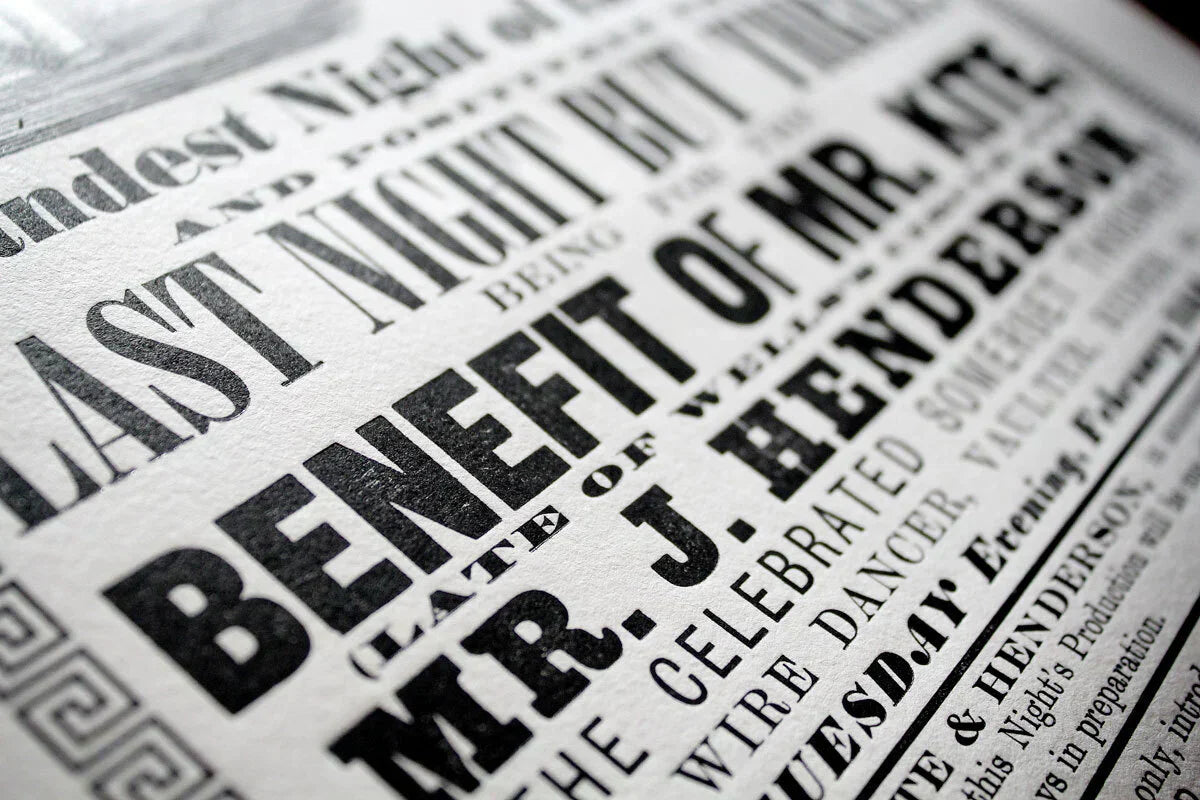
Penny Black, the world's first adhesive postage stamp, debuted 183 years ago today
The Penny Black was issued in Great Britain on the 1st of May, 1840, and featured a portrait of Queen Victoria. It was designed by Sir Rowland Hill, who is often credited as the inventor of the modern postage stamp.
Prior to the Penny Black, postage was paid by the recipient rather than the sender, which made it difficult and expensive to send mail. The Penny Black was revolutionary because it allowed for prepayment of postage and made sending letters more affordable and accessible for everyone.
The stamp was printed in sheets of 240 and was made of black ink on a white background. The stamp's design included a profile portrait of Queen Victoria, along with the words "POSTAGE" and "ONE PENNY."
Despite its popularity and success, the Penny Black was only in use for a year. The stamp was difficult to cancel because the ink could be removed easily, which meant that people could reuse the same stamp multiple times.
In 1841, the Penny Black was replaced by the Penny Red, which featured a portrait of Queen Victoria in a different pose and was easier to cancel.
Today, the Penny Black is a valuable collector's item, with rare stamps fetching high prices at auction. It remains a significant symbol of the development of modern communication and the importance of postage stamps in facilitating the exchange of information and ideas.
Keen stamp collectors will likely know that the highly-prized Penny Black is notoriously difficult (and expensive) to track down. However, our Limited Edition ‘Britain of Stamps’ print by Rob Hallifax is much more affordable, and easier to acquire (at least for now—get yours before we sell out!) This stunning print explores the provenance of stamps, and is inspired by the artist’s childhood travels, and a shared pastime with his father. Check it out here.
Also in News

Last posting dates for Christmas 2025
Order your prints in good time to arrive before Christmas. In this post, we'll suggest the latest times you should order for delivery in the UK, US and beyond.

Celebrating John Lennon’s legacy on his birthday
October 9, 1940 is an important date in Beatles’ history – the day John Lennon was born. Each year, fans across the world celebrate his life and legacy. As one of the most well-known cultural icons of all time, Lennon’s impact on the world was undeniable, as both a musical icon and an advocate for peace.

Sgt. Pepper was released 58 years ago today!
Today marks a special anniversary for Beatles’ fans – especially for us here at Kite! On the 26th May 1967, the Beatles released Sgt. Pepper's Lonely Hearts Club Band.

